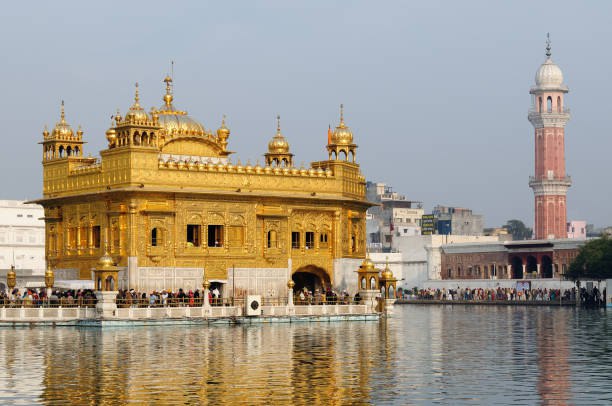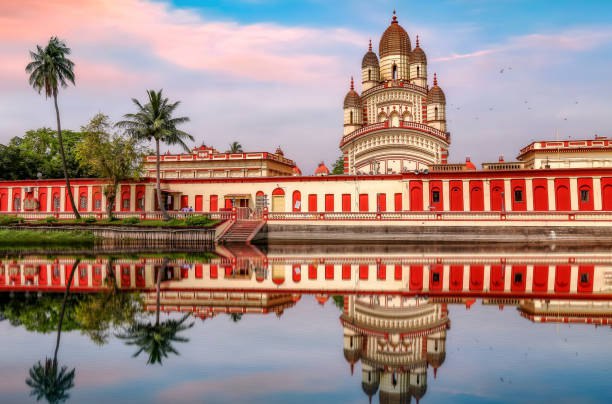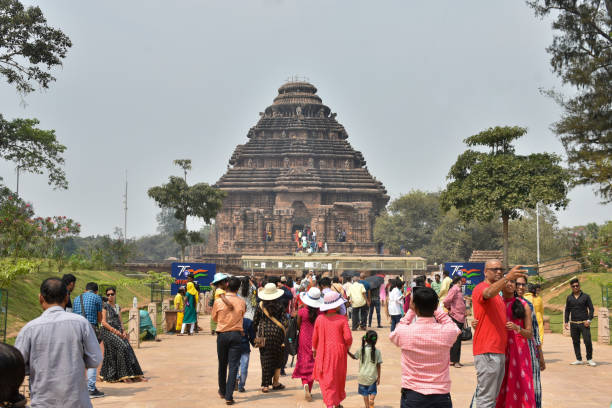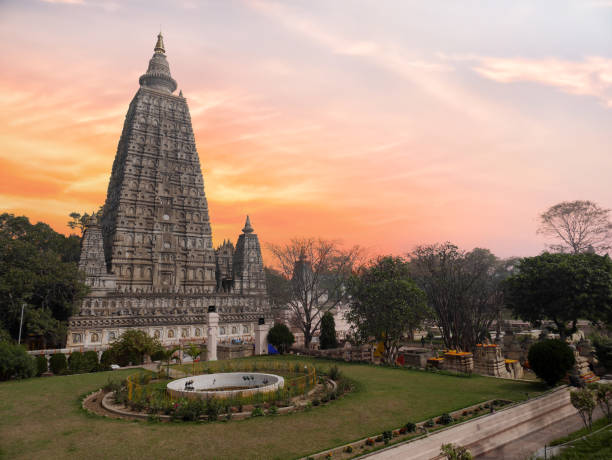Nestled in the heart of Amritsar, India, the Golden Temple—also known as Harmandir Sahib—stands as an epitome of spiritual serenity, cultural richness, and architectural magnificence. More than just a religious site, it is a place where history, spirituality, and tradition come together to offer a truly transformative experience for every traveler. A visit to this sacred site is not just a journey to a physical location but an immersion into the soul of Sikhism and Indian culture.
A Glimpse into the Golden Temple’s Spiritual Significance
The Golden Temple is not merely a monument; it is a living symbol of peace, equality, and selflessness. Founded in 1581 by Guru Arjan Dev Ji, the fifth Sikh Guru, the temple was built with the vision of creating a sanctuary open to all people, regardless of caste, creed, or religion. It remains true to this mission today, attracting millions of visitors from around the world each year.
The temple's breathtaking beauty is equally matched by its deep spiritual significance. As you approach, the sight of the gleaming golden facade reflected on the serene waters of the Amrit Sarovar (holy pool) is awe-inspiring. The tranquility of the surroundings invites you to pause, breathe, and reflect—whether you're a devout follower or a curious traveler.
The Golden Temple Architecture: A Fusion of Beauty and Tradition
Architecturally, the Golden Temple blends Hindu, Mughal, and Sikh styles to create a mesmerizing structure that is unique in its own right. The central sanctum, adorned with intricate marble and gold, draws inspiration from Islamic and Persian artistry, while the surrounding structures maintain the classical elements of Sikh architecture.
Walking around the temple complex, you’ll notice the beautiful arches, domes, and delicate carvings that speak of a rich cultural heritage. One of the most captivating features of the Golden Temple is its elevated platform that creates the illusion of floating above the holy waters—a serene visual that adds to the peaceful aura of the site.
The Spiritual Experience: Meditation, Prayer, and the Golden Sound
What makes the Golden Temple truly special is its ability to offer not just a visual feast but a spiritual experience unlike any other. As you step inside, the sound of the "Guru Granth Sahib" (the holy scripture of Sikhism) fills the air. Devotees recite prayers while the melodious rhythm of the sacred hymns, also known as "kirtan," reverberates through the temple, guiding visitors into a state of mindfulness and calm.
For many, simply sitting by the holy pool, listening to the hymns, and reflecting on life can be a profoundly transformative experience. The temple’s open-door policy encourages all who visit to take part in prayers, engage in peaceful reflection, or meditate in silence, creating a space for everyone to connect with their inner selves.
The Langar: A Feast for the Soul and the Body
One of the most remarkable features of the Golden Temple is its Langar, the community kitchen that serves free meals to thousands of people daily. Regardless of one's background, the Langar offers an inclusive environment where visitors can experience Sikh hospitality and selfless service. Every day, volunteers prepare and serve simple, yet delicious meals of dal, roti, rice, and vegetables—offering nourishment to the body and soul.
The Langar serves as a reminder of the Sikh principles of selfless service and humility, where everyone—whether rich or poor—is treated equally. Participating in the Langar is a humbling experience and a meaningful way to connect with the culture of generosity that permeates the Golden Temple.
Cultural Immersion: Beyond the Temple Grounds
While the Golden Temple is the main attraction, Amritsar itself is a city steeped in history and culture, with a host of other experiences to complement your visit. Just a short drive away, you can visit the Jallianwala Bagh, a poignant site that commemorates the 1919 massacre during British colonial rule. This historical landmark provides important context for the resilience and struggle of the Indian people in their fight for freedom.
Another must-see is the Wagah Border, where the daily flag-lowering ceremony between India and Pakistan takes place. The atmosphere is filled with patriotism, and the display of military precision and pride is an eye-opening spectacle for any traveler.
Best Time to Visit: Seasons of Peace and Reflection
The best time to visit the Golden Temple is during the cooler months, from October to March, when the weather in Amritsar is pleasant and conducive to exploration. However, if you want to experience the temple at its most vibrant, consider visiting during Vaisakhi, which marks the Sikh New Year and the harvest festival, or Guru Nanak Gurpurab, the birth anniversary of Guru Nanak, the founder of Sikhism. During these times, the temple is adorned with beautiful decorations, and special prayers and processions take place.
Discover the beauty of the Golden Temple with skyroutetravel.lk and start your spiritual journey.

 Canada
Canada
 India
India






0 comments for this post